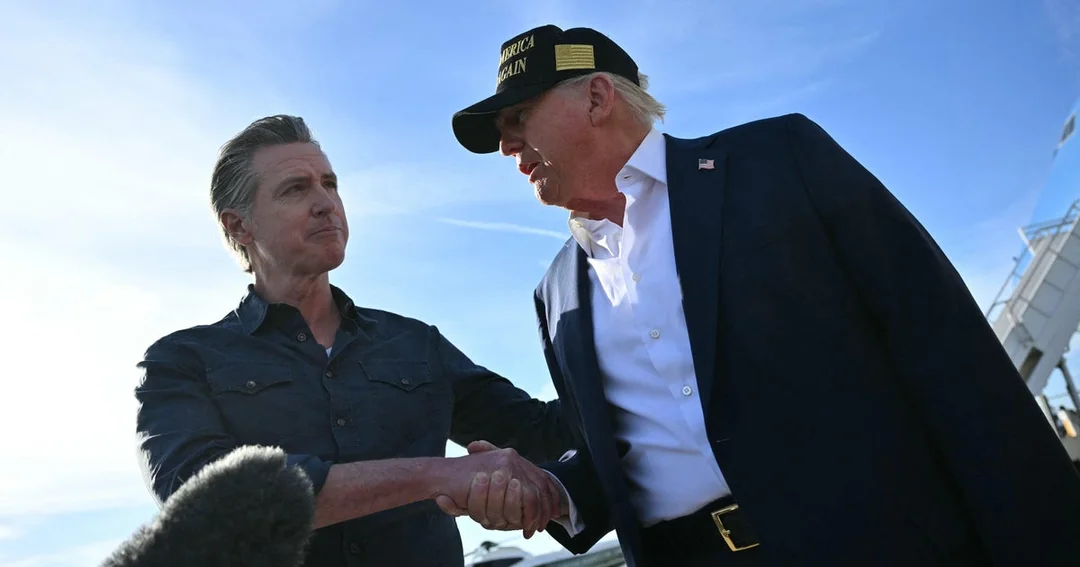
Is California’s High-Speed Rail a Costly Mirage or a Future Reality?
In the sprawling landscape of American infrastructure, California's high-speed rail project has emerged as a contentious symbol of ambition versus fiscal reality. Once hailed as a revolutionary solution to reduce travel times between major cities, the initiative now faces mounting scrutiny over ballooning costs and political battles. With federal funding in jeopardy, this debate underscores broader questions about national resource allocation and state priorities in an era of economic uncertainty.
At the heart of the controversy is the project's dramatic cost overruns. Originally estimated at $33 billion, the price tag has surged to over $100 billion, drawing sharp criticism from various quarters. President Donald Trump has been vocal in his opposition, labeling the project a "hideously expensive" fiasco during a recent meeting. In a pointed remark, Trump declared that the federal government would not foot the bill, citing mismanagement and excessive delays. This stance echoes sentiments from a letter to the editor, where a reader argued that only California-generated federal taxes should fund the rail, sparing other states like Maine and Hawaii from subsidizing what they deem a local endeavor.

Governor Gavin Newsom finds himself at the center of this storm. Trump, in a bilateral meeting with Canadian Prime Minister Mark Carney, mocked Newsom's handling of the project, calling it "the worst cost overrun I've ever seen." Despite their past amicable relations—Trump even noted sending aid for water management during wildfires—he spared no criticism. Newsom has attempted to pivot, scaling back the project to focus on the Central Valley segment from Merced to Bakersfield, with passenger service eyed for between 2030 and 2033. To date, 119 miles of the 171-mile stretch are under construction, yet progress feels sluggish amid funding woes.
This situation invites deeper analysis: Is the high-speed rail a vital investment for sustainable transport, or an outdated "boondoggle" as detractors claim? Comparisons to other infrastructure projects reveal stark contrasts; for instance, while some nations like Japan have successfully implemented high-speed systems, California's version grapples with legal battles and political opposition. Trump's executive actions, including overriding regulations for water supply to combat wildfires, add layers of complexity, intertwining rail funding with environmental crises. As one observer noted in the letter, "It might be time to mothball what has been built so far and spend on more urgent issues."

The implications extend beyond California, touching on national debates about economic efficiency and political accountability. With $13 billion already spent, stakeholders must weigh the risks of abandonment against potential long-term benefits, such as reduced emissions and faster connectivity. Trump's dare to Newsom about a 2028 presidential run further politicizes the issue, framing it as a litmus test for leadership.
In conclusion, California's high-speed rail project represents a crossroads for innovation and fiscal prudence. As costs escalate and federal support wanes, the question remains: Can this vision be salvaged, or is it destined for the scrap heap? This saga not only highlights the challenges of mega-projects but also prompts us to reflect on what truly drives progress. We invite readers to share your thoughts—do you support pushing forward or pulling the plug? Leave a comment below and help shape the conversation on infrastructure's future.